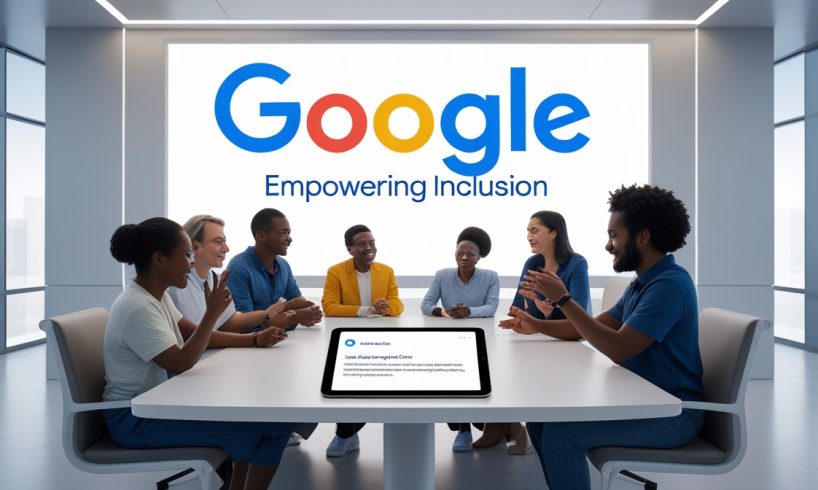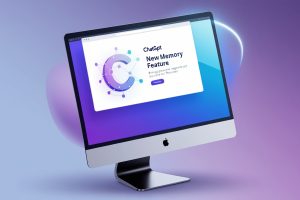
In a move that could significantly improve accessibility and communication for the deaf and hard-of-hearing community, Google has introduced a new AI-driven tool that translates sign language into text in real time. Currently in the testing phase, the tool is expected to launch publicly by the end of 2025.
Bridging the Communication Gap with AI
The new tool utilizes advanced computer vision and machine learning to detect, interpret, and transcribe sign language gestures into written text. By analyzing hand movements, facial expressions, and body posture through a camera, the system can convert signed phrases into accurate textual responses, making conversations between hearing and non-hearing individuals more seamless.
This innovation is part of Google’s broader commitment to inclusive technology, following previous accessibility initiatives such as Live Transcribe, Sound Amplifier, and Lookout.
Still in Development, But Promising
While the tool is still in its experimental phase, early demonstrations suggest high levels of accuracy and speed. Google has been working closely with members of the deaf community and sign language experts to ensure linguistic accuracy and cultural sensitivity in gesture interpretation.
The company has not specified which sign languages will be supported at launch, but hinted that American Sign Language (ASL) will likely be among the first. Multilingual support is expected to expand over time.
Potential Use Cases
- Real-time conversations: Enables communication between hearing and non-hearing individuals without the need for a human interpreter.
- Customer service and public interaction: Could be deployed in public spaces, kiosks, or businesses for inclusive service.
- Education and accessibility: Aids learning and digital participation for students who use sign language as a primary mode of communication.
Looking Ahead
Google’s sign language translation tool represents a step forward in human-centered AI design — focusing not only on technological innovation but on social impact. If the tool proves reliable in real-world environments, it could become a vital bridge in digital accessibility.
As the company refines its models and prepares for launch, the global tech community will be watching closely. A successful rollout would set a new standard for how AI can support and empower marginalized communities.

I am a person who is positive about every aspect of life.I have always been an achiever be it academics or professional life. I believe in success through hard work & dedication.
Technology Blogger at TechnoSecrets.com





